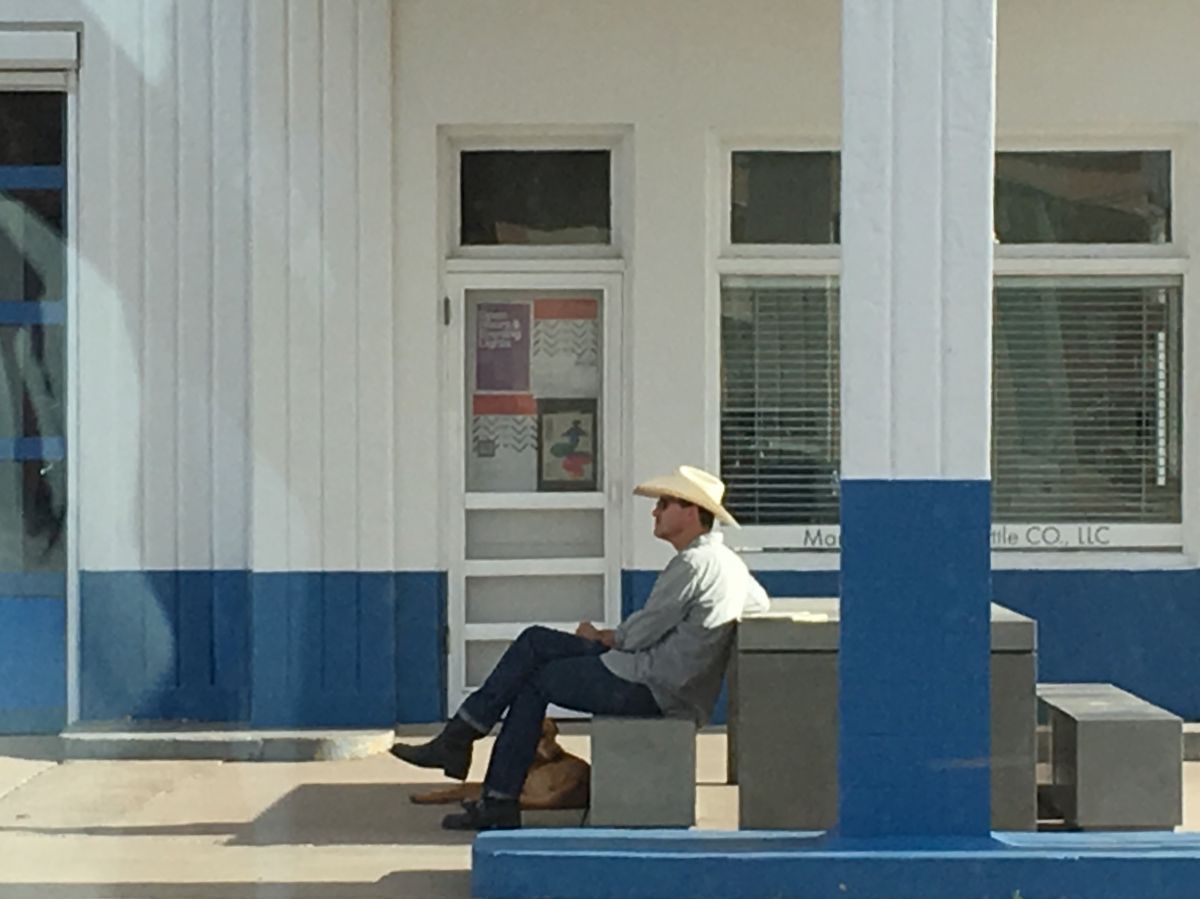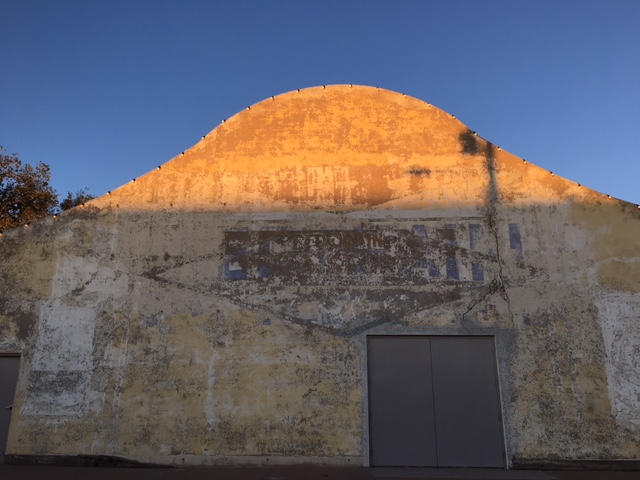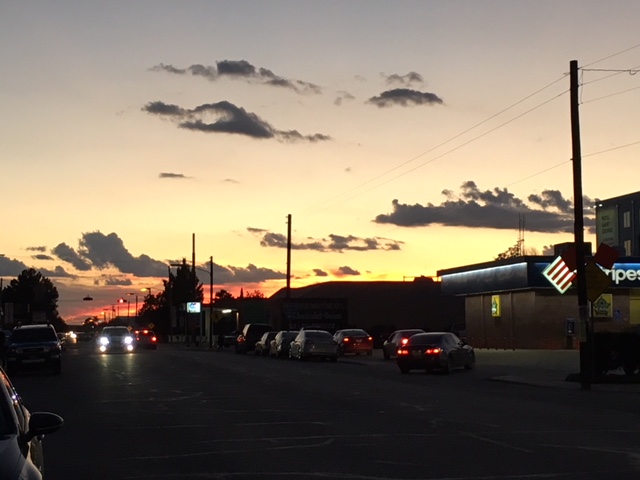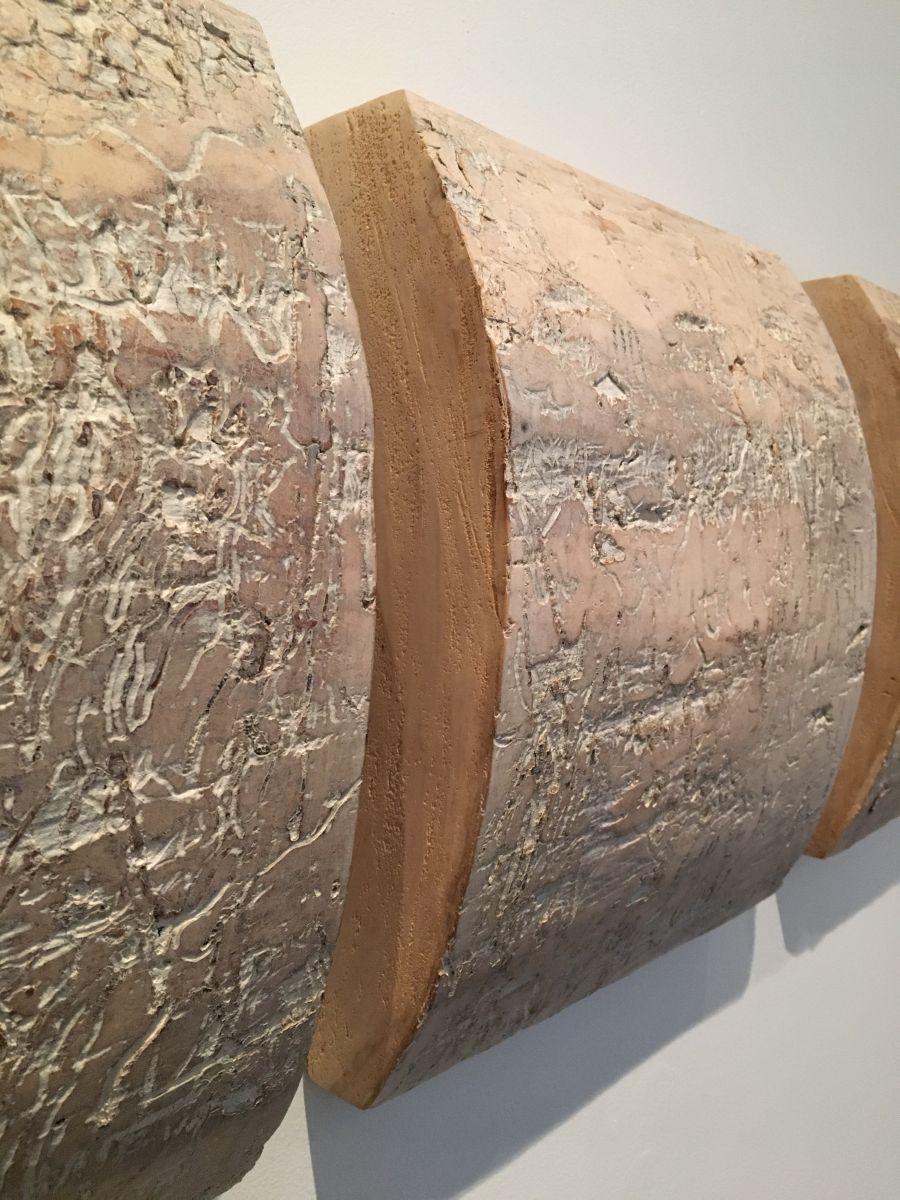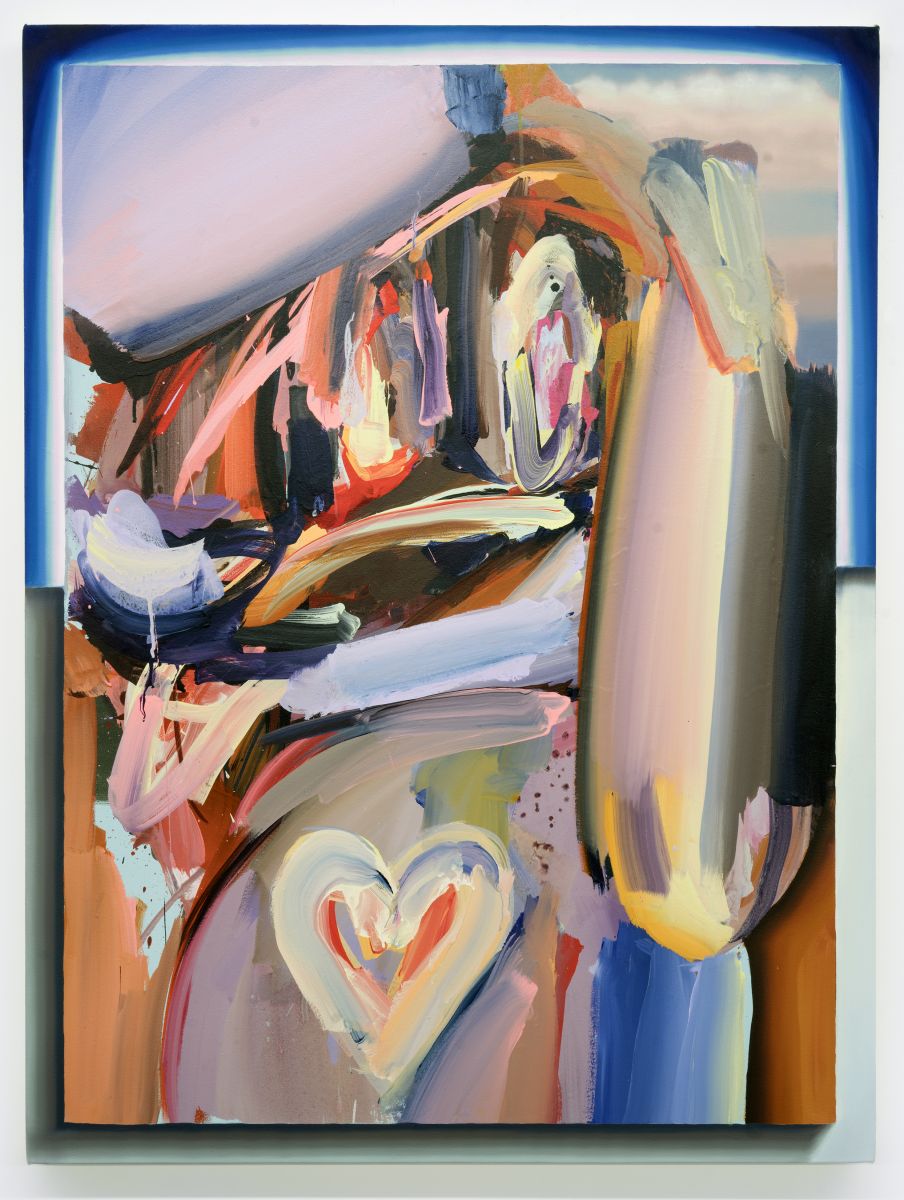Marfa, Texas: an art oasis
In 1973, the American artist Donald Judd discovered the small town of Marfa in the western edge of the state of Texas, nearly 300 kilometers from El Paso as a place where he could live and work: adobe buildings, very, very basic, a strong Latino presence, dusty streets surrounded by desert—and wonderful landscapes, beautiful as they are barren, the mountains, the desert…
Every day brings breathtaking images, every day brings new motifs and sunsets worth waiting for.
In spite of his success, Donald Judd, who in the 1970s was already a celebrated and established artist in New York, preferred a more secluded location—for himself and his family, for his work as an artist, and for the presentation of his works in natural surroundings; a place where he could display his exceptional artwork in the right setting, enabling it to develop the effect he had envisioned. At the same time, the move meant that he would have the independence and space he needed to work at his own pace.
Judd moved to Marfa, leaving New York behind.
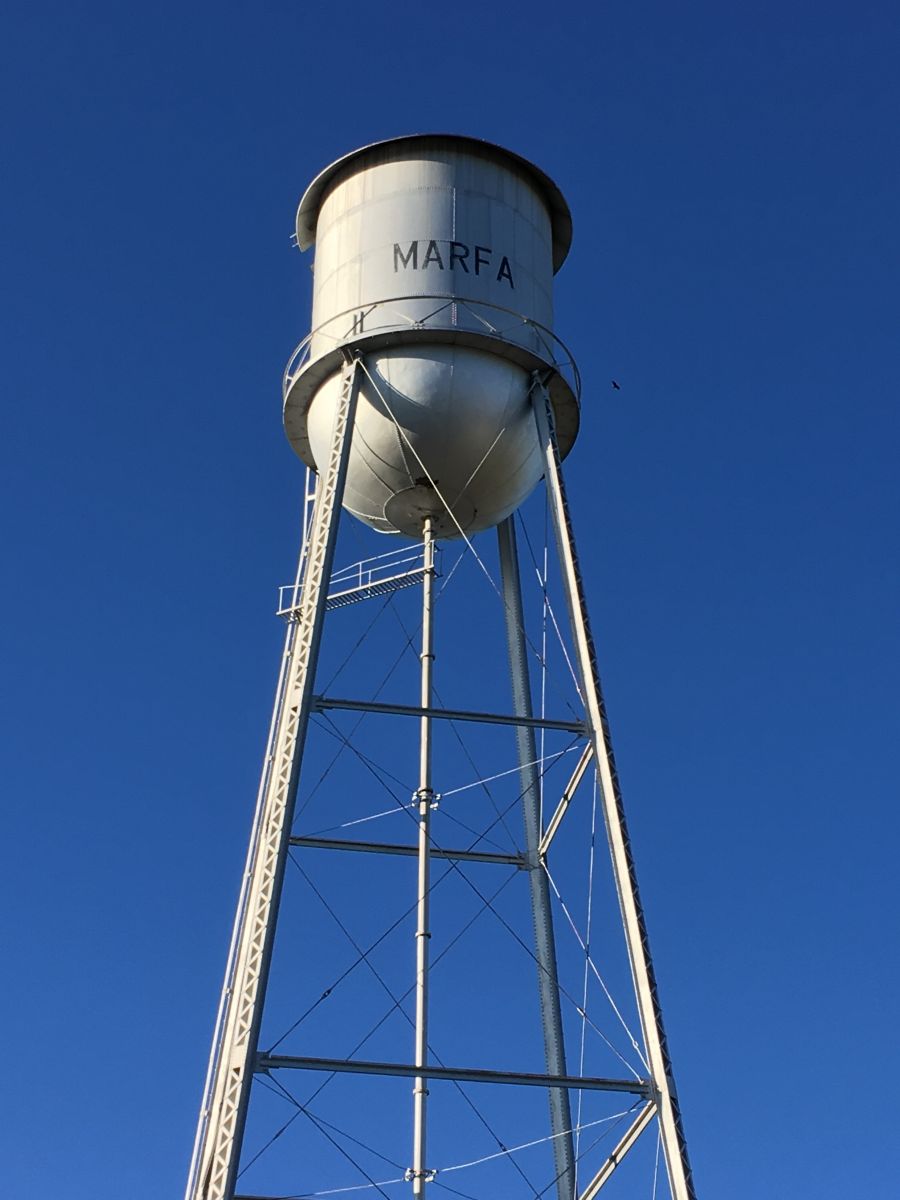
Chinati: Donald Judd’s museum in Marfa
The artist filled two very large sheds at Chinati with his large, minimalist works made of shimmering milled aluminum.
Each piece is different, each a construction with attention to the finest detail. The wall-to-wall windows allow the light and the sun of the Chihuahua desert to light up the master’s satin-brushed art objects. An installation which gives the impression of having been created in a trance-like state, and which has found its rightful place in these sheds amidst the stark beauty of the surrounding landscape. A clean, minimalist, aesthetic work of art, made of metal—a reddish reflection cast by the setting sun and a silky, metallic shimmer as far as the eye can see—set in the middle of a long-abandoned airfield that is part of the Chinati complex. Just outside, a glimpse of deer, and in the distance, Judd’s large concrete pieces, standing in a long row, spanning a kilometer in length.
Many other of Judd’s works are on view at this extensive exhibition venue, which he named Chinati after the nearby mountain range. In addition, he made room to exhibit artworks in the many barracks of the former military base. This allowed other artists to present their work alongside Donald Judd’s: light artist Dan Flavin; John Chamberlain, with his colorful sculptures made of pressed metal; Coosje van Bruggen and Claes Oldenburg, who found the grave of the oldest cavalry horse, Louie, in Marfa, and were inspired to erect the Monument to the Last Horse… still standing tall at Chinate.
A mural by English painter Bridget Riley was inaugurated at Chinati Weekend in October 2017. It is her largest wall painting to date: a long, long mural that combines space, color and light. The 86-year old artist’s work will be on view at Chinati through 2019.
The Chinati museum project was funded with the help of the Dia Foundation. One of Dia’s founders was the legendary German art dealer Heiner Friedrich, married to an heiress of the Menil family, who was as passionate about art as she was wealthy.
The patronage of the Dia Foundation enabled Judd to buy and construct buildings, and acquire the airfield and nearby ranches.
Later on, German art historian and curator Marianne Stockebrand and museum director Thomas Kellein, who was also German, helped make Chinati a model museum where artists could present their work themselves. Despite Judd’s death in 1994, Marfa today is very much alive, a place that draws artists, art aficionados, collectors and inspired people from all over the world—especially to events such as Chinati Weekend, Marfa Open and Marfa Day.
Today, behind the mostly plain facades of the town’s adobe houses—some still in a state of disrepair, others lovingly and artistically renovated—artists, visitors and dealers live in close proximity. This allows artists and collectors to get to know each other… or walk by each other peacefully and unacknowledged.
Well-known gallery owners from New York and Santa Fe have set up exhibition spaces in Marfa; some live here all year round, others come back on a regular basis.
A place that radiates energy?
A small selection of galleries in Marfa:
inde/jacobs gallery
Within walking distance of Chinati is the beautiful space of the inde/jacobs gallery. The gallery will be exhibiting works by Munson Hunt until early January 2018:
love of nature transformed into art.
Eugene Binder gallery
In October 2017, Eugene Binder, a New York art dealer, and his German wife opened a show of works by American artist Raychael Stine entitled How Now Snarly Yow. Stine says that when she paints, her large, friendly dog likes to sit next to her. Once you’ve discovered him in one of her paintings, you’ll find yourself catching glimpses of him in many of her other paintings…
Ayn Foundation
The gallery of the Ayn Foundation has some very special art works on view: for example, selections from Andy Warhol’s series of large-scale paintings, The Last Supper; and September Eleven, a collection of paintings by German artist Maria Zerres.



